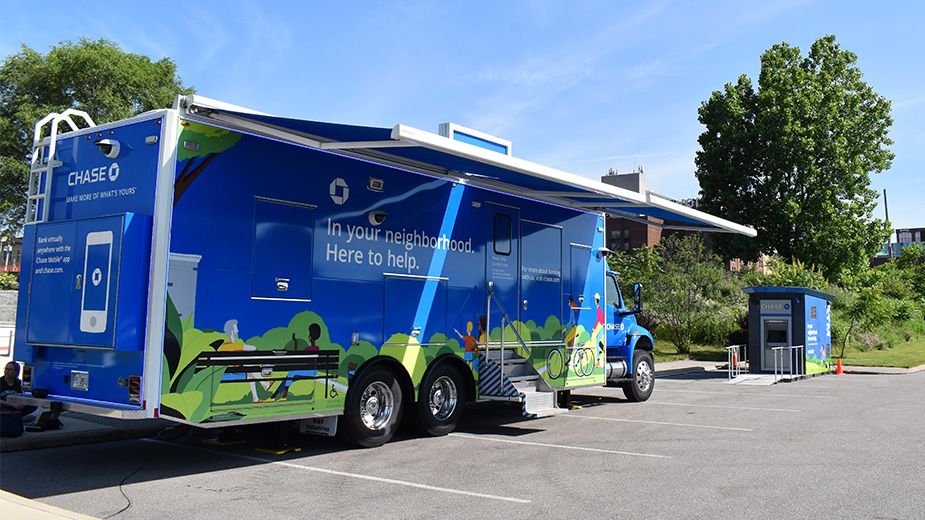Economists React to Fed Decision to Raise Rates
YOUNGSTOWN, Ohio – As expected, the Federal Open Market Committee raised interest rates Wednesday for the first time in seven years to the day.
The best known, the Fed funds rate, was raised to 0.5% from 0.25% but other less-known rates were raised as much or more, noted George Mokrzan, chief economist of Huntington Bank, in Columbus.
The action reflects the FOMC’s confidence in the economy, Mokrzan said. “The economy’s doing reasonably well,” he told reporters across the state in a conference call.
In Washington, the Federal Reserve chairman, Janet Yellen told reporters after the FOMC announcement, “The economic recovery has come a long way, although it is not complete.”
Further increases will come in small increments, slowly and gradually, she said, and occur as the health of the economy grows stronger.
The Fed’s action may prove to be more symbolic than substantive, at least immediately. Banks are unlikely to raise the interest they pay on checking and savings accounts, Mokrzan said, or charge more for mortgages.
They are more likely to hike rates slightly on credit card debt, student loans and auto loans, but it will be next year before consumers receive notification that lenders intend to do so or an increase in rates on their monthly statements.
Factors that led the Federal Open Market Committee to raise rates, Mokrzan said, include “improvements in labor markets,” to wit, more people getting jobs, an unemployment rate that has fallen to 5%, an underemployment rate that has fallen below 10%, small rises in real income, and domestic auto sales on pace to reach 18 million this year, possibly the best year ever.
“Wage growth is still on the weak side,” Mokrzan noted. Housing prices continue to climb and inflation is near zero because of falling energy and food prices, the Huntington economist said.
Reuters reported Wednesday, “Underlying inflation pressures in the United States rose in November, even as renewed weakness in gasoline prices kept overall consumer prices in check.”
Tuesday the U.S. Department of Labor reported its core Consumer Price Index rose 0.2% in November, the third consecutive month the core Consumer Index rose that much. Between November 2014 and last month, the Labor Department said the core CPI rose a full 2%, the largest gain since May 2014.
Inflation, for which the Fed has kept a target goal of 2%, seems likely to rise next year as the effects of lower energy prices dissipates.
A professor of business administration at the University of Warwick in England, Ben Knight, suggested the Fed had little choice but to at long last raise rates because of market expectations. The Fed began dropping hints a year ago that it expected to raise rates sometime this year.
The FOMC did not at its quarterly meetings in June and September. Said Knight, “The rise in the U.S. base interest rate represents an expected change in U.S. monetary policy, which will slow down the U.S. economy a touch and strengthen the dollar due to the attraction of U.S. financial assets for global investors.”
A stronger U.S. dollar makes it harder for American companies to sell their products abroad and hinders their ability to export.
The president of Clearview Economics in Pepper Pike, Ken Mayland, had just the opposite reaction to Knight’s.
“Finally!” Mayland said. “It’s about two years too late. Short-term rates have been at nearly zero since 2008. The economy emergency [Great Recession] ended a long time ago.”
Still, Mayland credits the Fed with “beginning the process of normalization.”
The recovery has reflected less annual economic growth than previous recoveries, “around 2½%,” Mayland noted, not the 3.2% of post-World War II recoveries.
By keeping rates near zero and quantitative easing, “The Federal Reserve has been scaring the hell out of depositors, including senior citizens,” Mayland said, because of the minimal rates paid on their savings accounts.
While he remembers the high inflation of the late 1970s and early ‘80s, he agrees that inflation is too low. “You can have too much of a good thing,” he said, because low inflation and near-zero interest rates “lead to an inefficient allocation of capital” as reflected in low capital spending by U.S. corporations.
These large companies have been either hoarding their cash or buying back shares, neither of which helps the economy or creates jobs.
Nonetheless, both Mokrzan and Mayland see the recovery, in its eighth year, continuing through 2016. “We’ll have more of the same,” Mayland said, “no breakout to much faster growth than the 2½%” the United States is experiencing.
Mokrzan sees consumer spending as the “major driver through next year,” not corporate investment. Consumer spending accounts for 70% of the economy.
And while Knight thinks European central banks will have little choice but to follow the Fed’s lead with “small but observable” results, if rate hikes continue and become more observable in a rush to return to normal, “the downside impact in advanced economies will be more serious.”
While the U.S. recovery is stronger than in Europe, Mokrzan said, “International conditions have improved in recent months,” another factor that allowed the FOMC to raise rates.
Copyright 2024 The Business Journal, Youngstown, Ohio.


